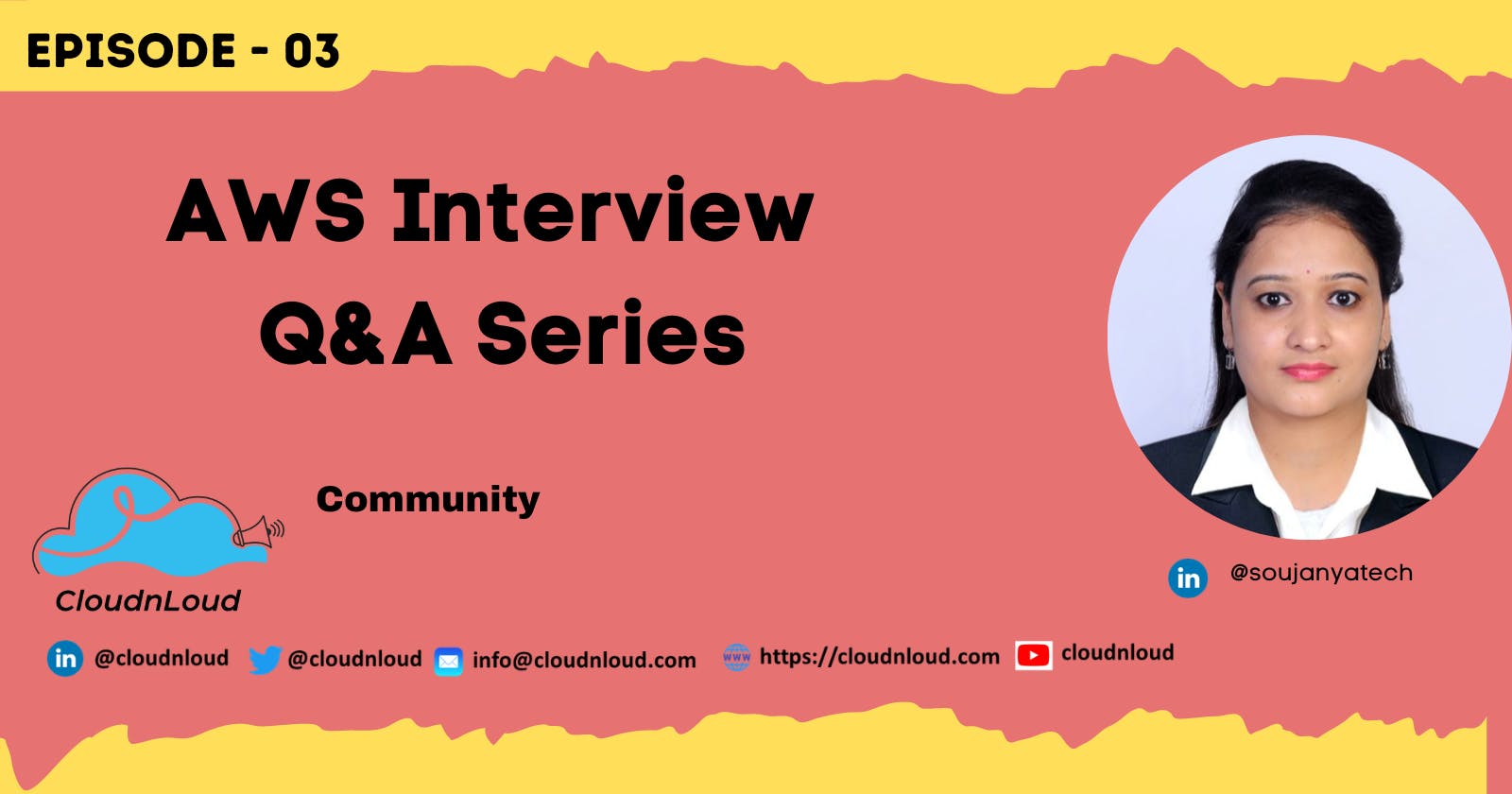Table of contents
- 1.How is the Cloud Native Computing Foundation defining cloud native applications?
- 2. What does Edge Computing stand for?
- 3.What does an API gateway mean?
- 4. How do you define the rate limit?
- 5.How do you define cloud encapsulation?
- 6. What types of data centres are deployed for cloud computing?
- 7. What are Small Density Data Centres?
- 8.What problems do you encounter with cloud computing?
- 9. How does Resource Replication take place in Cloud Computing?
- Community and Social Footprints :
1.How is the Cloud Native Computing Foundation defining cloud native applications?
Packed container: This means a standard way to pack applications that is resource effective. Using a standard container format, more applications can be dense packaged.
Dynamic Management: It is a standard means to discover, deploy and scale containerized applications.
Microservice focused: This is a method of decomposing the application into independent modular services that interact through well-defined service agreements.
2. What does Edge Computing stand for?
The edge and the cloud are mutually supportive. These two components are part of a larger concept known as distributed cloud. A majority of those pursuing advanced IT strategies now see the periphery within their overall cloud strategy.
Unlike cloud computing, advanced computing is driven by physical location and latency issues. Cloud and edge combine the strengths of a centralized system and the benefits of distributed operations at the physical place where things and people connect. The edge of IoT scenarios is very common. The cloud is different than the edge, as it has never been on the location. On the contrary, we have always talked about independence in the workplace.
The popular scenarios are those where you have the cloud and the periphery together, and the controls of the cloud provider to execute and set the architecture for what is at the periphery.
3.What does an API gateway mean?
An API gateway allows multiple APIs to act together as a unique gateway to deliver a consistent user experience. Within that, every API call is handled reliably. The API gateway provides centralized API management and enterprise-level security. Common tasks of API services can be managed using the API gateway. These tasks include services such as statistics, rate controls and user authentication.
4. How do you define the rate limit?
Rate limitation is one way to restrict network traffic. The speed limit is executed within the application rather than on the server. It usually follows the IP addresses and the time between each query.
It may eliminate some suspicious and malevolent activities. Bots that affect a website may also be stopped by rate limitation. This provides protection against overexploitation of the API which is important to prevent.
5.How do you define cloud encapsulation?
A container is a software code packaged with all its dependencies so that it can operate uniformly through clouds and on the spot. This code conditioning is commonly referred to as encapsulation. Encapsulating code is important for developers because they don't have to develop code on a per-environment basis.
6. What types of data centres are deployed for cloud computing?
Cloud computing is made up of different data centres that are set up as grids. It consists of datacenters such as: Containerized information centres.Small density data centres.
7. What are Small Density Data Centres?
Low density data centers are optimised to provide high performance. The space stress is eliminated and the density of these data centers increases. A disadvantage is that with high density the problem of heat also slides. These data centres are perfectly suited to the development of cloud infrastructure.
8.What problems do you encounter with cloud computing?
Security Challenges: As with any other computing paradigm, security is just as important as cloud computing. Cloud computing is loosely defined as outsourced services, which in turn causes users to lose meaningful control over their data. With Public Cloud, there is an associated capture risk as well.
Legal and compliance issues: Sometimes clouds are demarcated by geographic borders.Providing different services does not depend on location. With this flexibility, clouds face legal and compliance problems. Although these issues affect end-users, they are mostly related to providers.
Performance and Quality of Service (QoS) Related Questions: Paradigm performance is critically important to any calculation.The quality of service (QoS) will vary depending on the needs of the user. A critical service quality issue is the optimized way in which business success can be achieved using cloud computing. If a supplier is unable to deliver the QoS promised, its reputation may be damaged. We are faced with the problem of the constraints of Memory and Licences which directly hinder the performance of a system, as the Software-as-a-Service (SaaS) deals with the supply of software on virtualized resources,Data management issues: An important use case of cloud computing is to place virtually all data on the cloud with minimal infrastructure requirements for end-users.The main issues associated with data management are data scalability, data storage, migrating data from one cloud to another, and also different architectures for access to resources. Managing this data effectively is of the utmost importance because the data in the cloud also includes highly sensitive information.
9. How does Resource Replication take place in Cloud Computing?
Resource replication refers to the creation of multiple instances of a single IT resource. It is usually performed when the availability and performance of an IT resource must be improved. Virtualization technology is adopted to implement the resource replication mechanism for replication of cloud computing resources.

